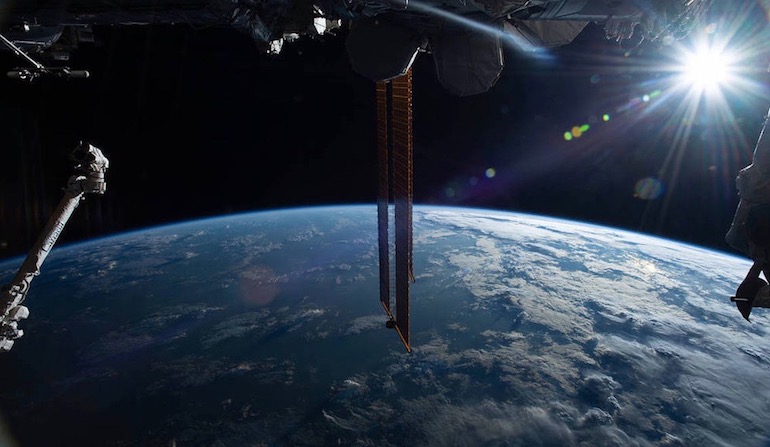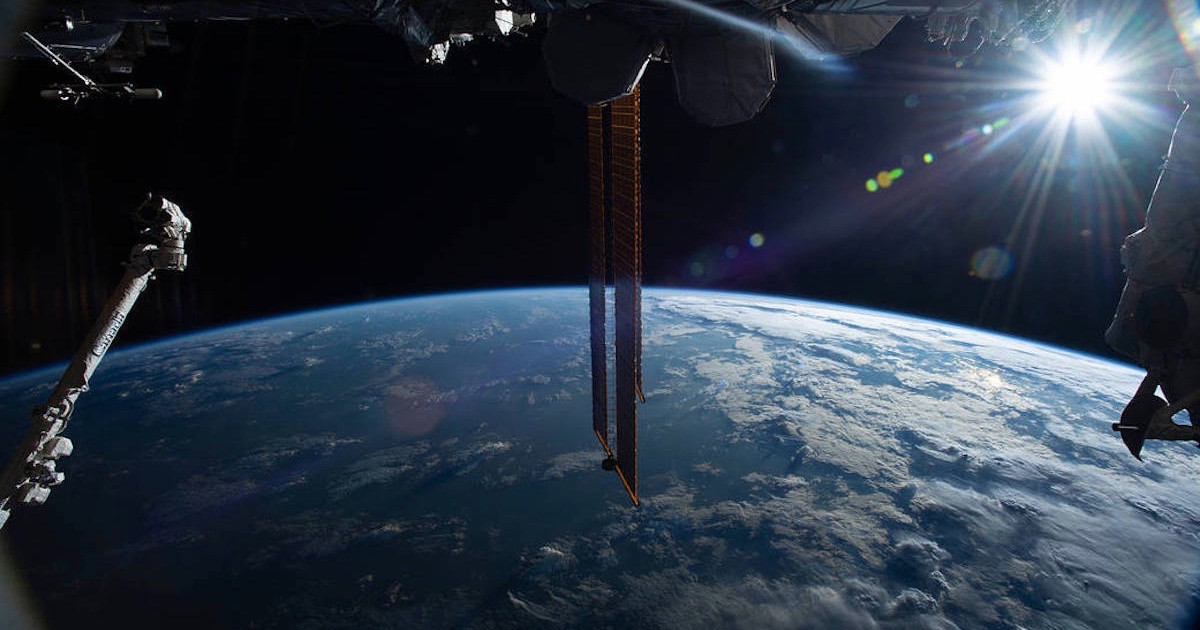 Intelligent Design
Intelligent Design
 Physics, Earth & Space
Physics, Earth & Space
On the 15th Anniversary of The Privileged Planet: An Update


Last month marked 15 years since the publication of The Privileged Planet (TPP hereafter). Since then, scientists have continued to publish research in areas relevant to the book’s content. These areas include cosmology, cosmological fine-tuning, exoplanets, Earth’s geology, the Moon, and astrobiology. Several books have also come up, overlapping with the content of The Privileged Planet.
Although Jay Richards and I did not write TPP as a sequel to Rare Earth (written by my former University of Washington colleagues Don Brownlee and Peter Ward), the two books are often compared to each other. The basic thesis of Rare Earth is that much must go just right for a planet to be habitable for complex and especially intelligent life, but that simple life might be common. In this sense its authors make a case for Earth’s specialness, but they chalk it up to luck of the draw.
“It Worries Me”
A couple of recent books follow the same overall theme as Rare Earth. In Alone in the Universe: Why Our Planet is Unique (2011), John Gribbin not only considers that we might be alone, he says this about solar eclipses:
Just now the Moon is about 400 times smaller than the Sun, but the Sun is 400 times farther away than the Moon, so that they look the same size on the sky. At the present moment of cosmic time, during an eclipse, the disc of the Moon almost exactly covers the disc of the Sun. In the past the Moon would have looked much bigger and would have completely obscured the Sun during eclipses; in the future, the Moon will look much smaller from Earth and a ring of sunlight will be visible even during an eclipse. Nobody has been able to think of a reason why intelligent beings capable of noticing this oddity should have evolved on Earth just at the time that the coincidence was there to be noticed. It worries me, but most people seem to accept it as just one of those things.
If Gribbin had read the first chapter of TPP, he would have known that someone has indeed provided an explanation for this coincidence.
Nothing Special?
In Lucky Planet: Why Earth is Exceptional — And What That Means for Life in the Universe, David Waltham (see here and here) pushes back hard against the view that Earth and its life are nothing special. Waltham’s book is more sophisticated than Gribbin’s, and it is backed up by several research papers Waltham has written in geology and astronomy. His work especially helps to strengthen the central thesis of the first chapter of TPP. Still, just like Rare Earth, Alone in the Universe and Lucky Planet do not explain our specialness in terms of design.
In principle we could attribute Earth’s exceptional habitability to intelligent design if the known probabilistic resources are exhausted. In other words, if you consider each exoplanetary system as a different “roll of the dice,” are there enough to overcome the low odds? I don’t think we know the probabilities well enough to make this kind of design argument. For this reason, we make a different kind of design argument in TPP.
An Exceptional Platform for Discovery
The basic thesis of TPP is that the best places for intelligent observers are also the best places for observing. A corollary is that Earth is both an exceptionally habitable place and an exceptional platform for discovery. It is an empirical cumulative case argument. If it is a fair statement about reality, then I expect the TPP thesis to strengthen as we gain knowledge in astronomy, physics, and the Earth sciences.
Michael Denton’s recent books in his Privileged Species series, Fire-Maker: How Humans Were Designed to Harness Fire and Transform our Planet (2016), The Wonder of Water: Water’s Profound Fitness for Life on Earth and Mankind (2017), and Children of the Light: Astonishing Properties of Sunlight that Make us Possible (2018), help to update and expand the content of several chapters in TPP.
Another helpful book is The Story of Earth: The First 4.5 Billion Years, from Stardust to Living Planet (2012), by Robert Hazen (see here and here). Hazen notes that Earth has the greatest diversity of mineral species of any body in the Solar System. Over 4,600 mineral species are known on Earth. Mars probably has about 500 and Venus about 1,000. What’s more, Hazen discovered that life processes formed about two-thirds of Earth’s mineral species. The accessible, abundant, and diverse minerals and fossil fuels prepared the way for our technological society.
I could go on, but I want to save some new material for the revised edition of TPP.
Photo: The Earth and the Sun, as seen from the International Space Station, by NASA.
